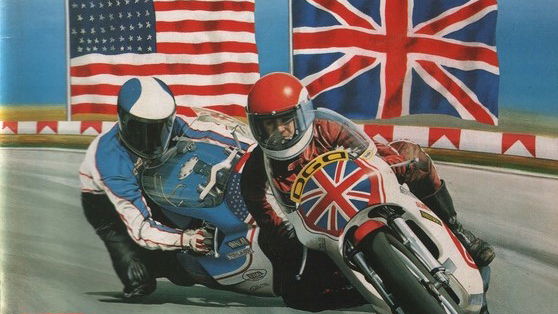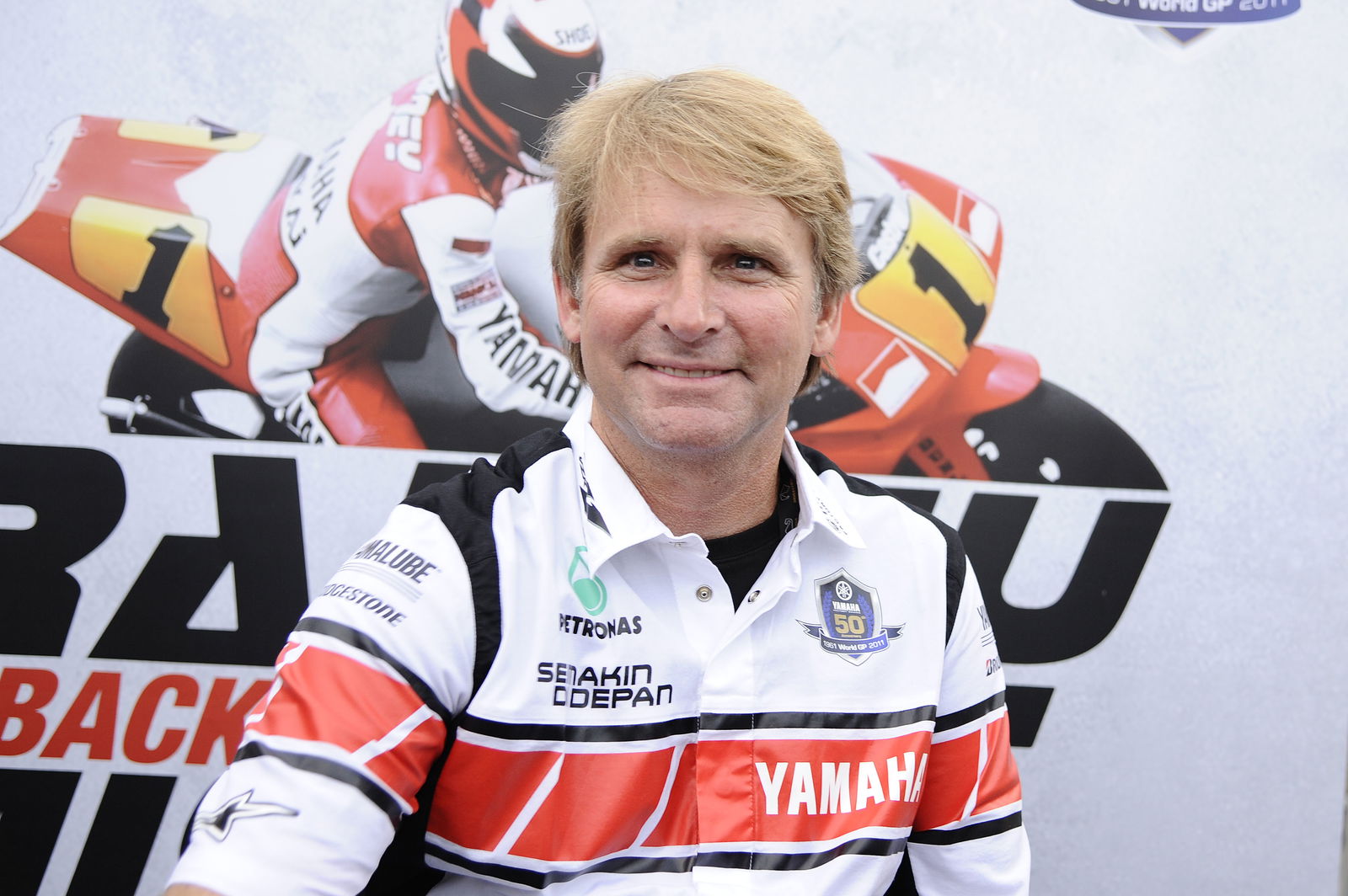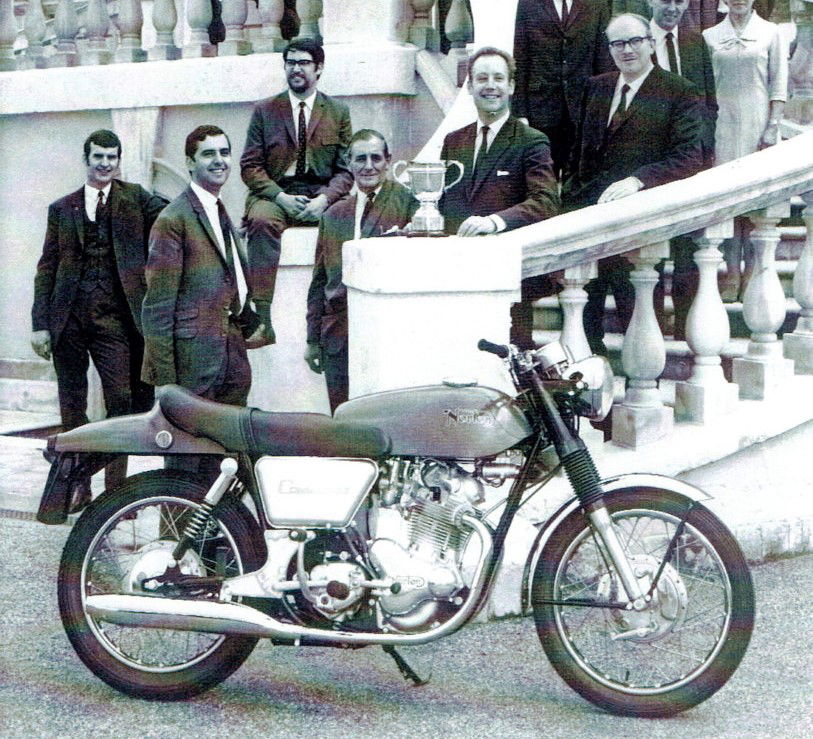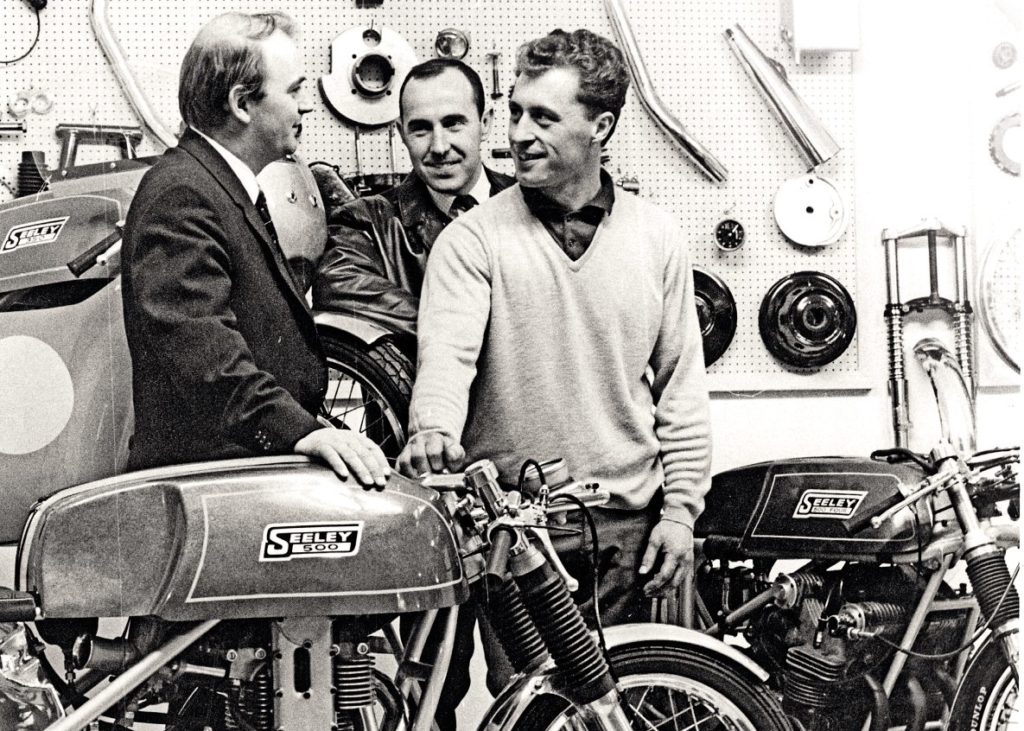People who changed motorcycling No 3 – Gavin Trippe
Gavin Trippe was one of the men behind the Transatlantic Trophy, and in other ways, massively changed motorcycling in the 1970s and ‘80s

THIS week marks the 50th anniversary of the very first Transatlantic Trophy, and by so being also brings to mind Gavin Trippe, the ex-pat Brit who was largely responsible for the event’s creation and who, in other ways, massively changed motorcycling in the 1970s and ‘80s.
New Yamaha MT-09 SP Review 2021
For Trippe was not only largely responsible for the style and success of the ‘match races’ as they became known, he also was key to the likes of Kenny Roberts, Randy Mamola and Freddie Spencer coming to Europe and developing a legion of UK fans. On top of that he was a massive player in US motocross and supercross; helped create AMA Superbikes, the model for future WSB; ignited the popularity of supermoto by creating the Superbikers series and was also a revered journalist and publisher of significant Stateside influence – so much so, in fact, that he was inducted into the American Motorcycle Hall of Fame in 2005.
Not bad for a British boy from Swaffham (as more recently made infamous by Alan Partridge), near King’s Lynn, Norfolk, who started out as a freelance motocross reporter for Motor Cycle News in the mid-1960s…
Trippe’s key move came, quite literally, in 1968 when, along with business partner Bruce Cox, he ventured to California, setting up Motor Cycle Weekly magazine in 1969. But his greatest talent was to prove to be, not in journalism (MCW closed in 1975), but motorcycle racing promotion.

The first Transatlantic in 1971, then called the ‘Anglo-American Match Races’ and held from 9-12 April, would never have been the success it was without Trippe. Initially conceived during BSA/Triumph’s dominant onslaught of the Daytona 200 that February, the event’s inspiration, according to legend, was a heated Florida barroom debate between the company’s British and American bosses about which nation’s racers were better.
After American Dick Mann led a Rocket3/Trident 1-2-3, the British firm was keen to maximise publicity for its three-cylinder road bikes with a UK event which pitted its triumphant (sic) American and British riders against each other. Peter Thornton, CEO of BSA/Triumph US operations, agreed to provide and finance the US squad. British circuit boss Chris Lowe offered Brands Hatch, Mallory Park and Oulton Park as venues, while most of the organisation and promotion was by Trippe, by then already making his mark as a US promoter.

It was Trippe who created the event’s aura of excitement and glamour (not least by using Monty Python pin-up girl Carol Cleveland in a Union Flag/Stars ‘n’ Stripes bikini in a promotional poster) which helped attract record-breaking crowds. It was Trippe who courted and chaperoned the American stars – many of whom had never been outside the US before – in five-star London hotels so giving a glamourous taste of Europe a whole generation of US racers wanted to repeat for the next decade.
The success of that first 1971 event helped Trippe secure John Player tobacco sponsorship for the following year, so prompting the series’ re-branding as the ‘John Player Transatlantic Trophy’. Boosted prize money plus the fact that the event was no longer a BSA/Triumph benefit also attracted riders such as Harley-Davidson’s Cal Rayborn and Kawasaki’s Yvon DuHamel helping the series go from strength to strength.
While through the rest of the 1970s the Transatlantic Trophy saw the European debuts of the likes of Roberts, Pat Hennen, Steve Baker, Mamola and more and became established as one of UK motorcycle sport’s most star-studded and best attended events – all largely due to Trippe.
But the ex-pat Brit also had a significant impact on motorcycle sport elsewhere. In 1973 his and Cox’s company organised and promoted the first FIM-sanctioned US 500cc motocross grand prix, at Carlsbad, California. It was the first time that European-style motocross GPs had been run in the US and, thanks to Trippe’s skill in putting on a show, proved a huge success, becoming the biggest individual event in world motocross and paving the way for the future world championship success of American riders such as Brad Lackey and Danny LaPorte.
In the mid-1970s Trippe was also instrumental in the creation of the new, production-based AMA Superbike class. Launched in 1976 it quickly became the dominant class in US road racing, was where Eddie Lawson, Wayne Rainey, Fred Merkel and more first found fame, spawned production road replicas such as the Z1000R and was the inspiration and model for the later World Superbikes.

Wayne Rainey - Yamaha
While at the end of the decade, in an attempt to create an event where bike racing’s biggest stars, irrespective of whether their discipline was on road or dirt, competed against each other, Trippe came up with ‘Superbikers’ series which, through televised popularity on ABC’s Wide World of Sports, effectively created the whole concept of supermotos.
And if all that wasn’t enough to cement Trippe’s significance in world racing, he also later came up with the idea for an affordable, entry-level US road race series, Formula 450, using single-cylinder motocross engines.
And although Brit-born Trippe remained in the US throughout and concentrated on American racing, the scope and popularity of many of his ideas was truly global and the American stars he helped introduce to Europe became world names.
No less than Kenny Roberts, on hearing of Trippe’s sad death in 2018, aged 78, in a car accident in California, commented: “I’m truly shocked. He was a great friend and helped me a lot in those early days. I think he did more to professionalise our sport than anybody, starting with the Anglo-American match races. Great days.”
If all of that isn’t enough to convince that this little-known Brit was truly a man who changed world motorcycling, we’re not quite sure what is….


